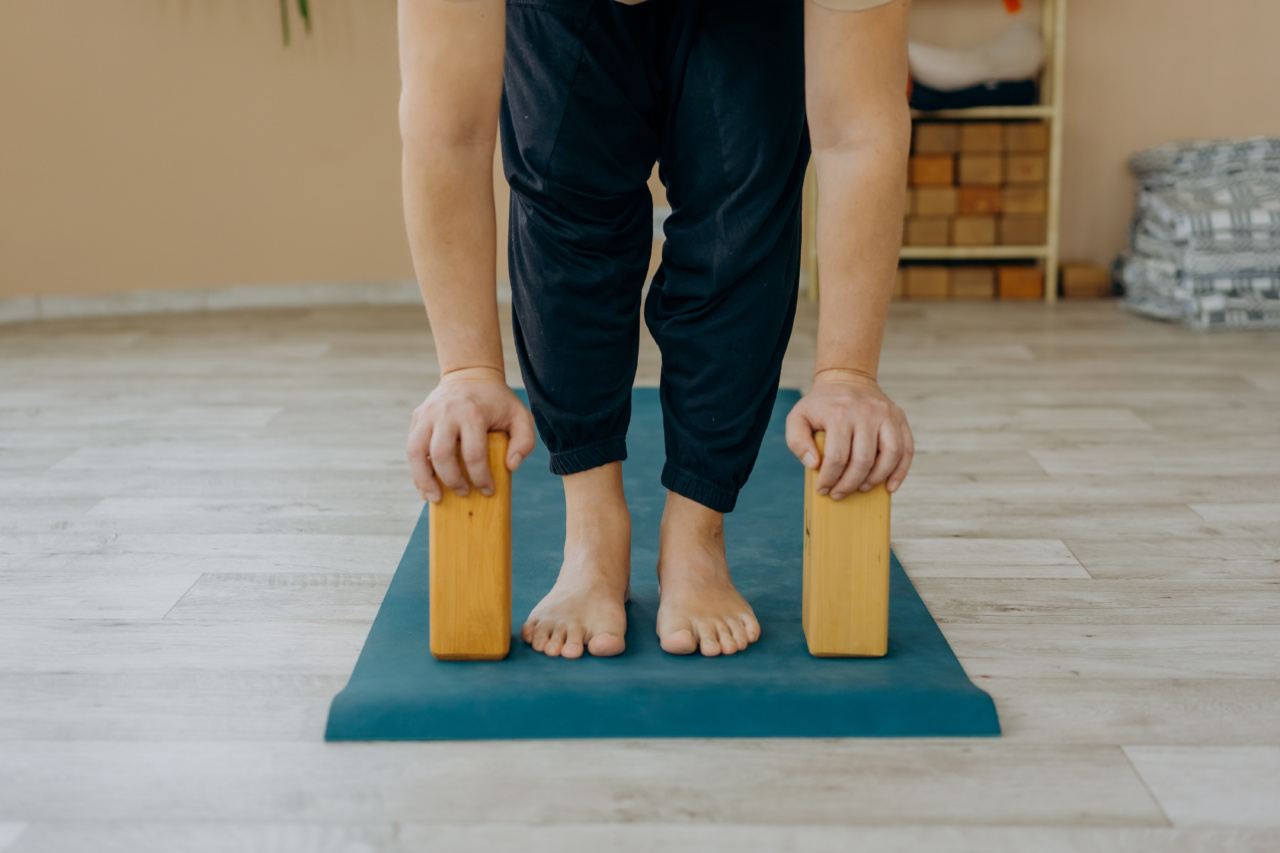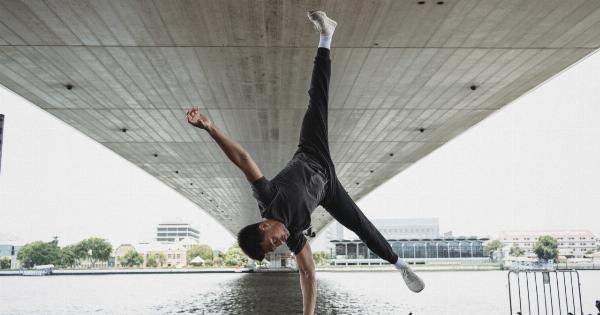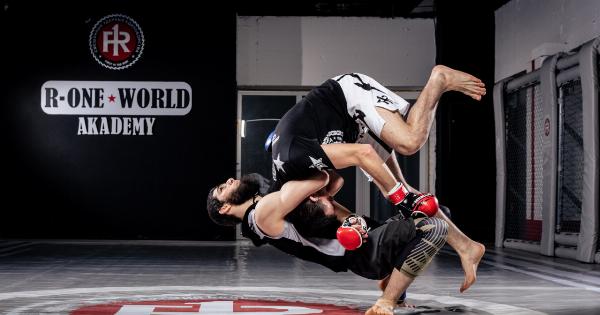When it comes to mind-body exercises, two popular options that often come up are Pilates and Yoga. Both of these workouts focus on enhancing your physical fitness, flexibility, and overall well-being.
While they share some similarities, they also have several distinguishing features. So, how do you decide which one to do? Let’s explore the characteristics, similarities, and differences between Pilates and Yoga to help you make an informed choice based on your individual goals, preferences, and physical abilities.
The Origins and Philosophies
Pilates and Yoga have unique origins and philosophies:.
Pilates
Pilates was developed by Joseph Pilates in the early 20th century. It was initially created as a rehabilitation program for soldiers during World War I.
Pilates believed in the connection between physical and mental health and designed his exercise method to strengthen both mind and body. The primary focus of Pilates is on core strength, stability, and body alignment.
Yoga
Yoga, on the other hand, is an ancient practice originating in India, dating back thousands of years. It encompasses physical, mental, and spiritual aspects.
Yoga has various styles and branches, but its central philosophy revolves around achieving harmony and wellbeing through breath control, meditation, and physical postures called asanas.
The Physical Benefits
Both Pilates and Yoga offer numerous physical benefits, but they differ in their primary focus:.
Pilates
Pilates primarily targets core strength, stability, and spinal alignment. It helps improve posture, balance, and overall body strength. Pilates exercises often involve controlled movements and specific breathing patterns.
This practice can enhance muscle tone, increase flexibility, and promote a balanced musculature.
Yoga
Yoga, although also beneficial for muscle strength and flexibility, emphasizes overall flexibility and joint mobility. It works on stretching and elongating the muscles through different asanas and deep stretching techniques.
Yoga also enhances balance, coordination, and body awareness, making it a great choice for those looking for increased mindfulness in their physical practice.
The Mental and Spiritual Aspects
While both Pilates and Yoga focus on the mind-body connection, each practice offers a unique experience in terms of mental and spiritual benefits:.
Pilates
Pilates primarily emphasizes concentration, control, and precision. It requires focus on proper form, alignment, and breathing technique. Pilates workouts can help reduce stress, improve mental clarity, and create a sense of calmness.
However, Pilates is more inclined towards physical fitness than delving into spiritual aspects.
Yoga
Yoga combines physical movement, breathwork, and meditation to achieve a state of tranquility and inner peace. It cultivates self-awareness, mindfulness, and a deeper connection with oneself.
The meditative aspects of yoga promote stress relief, relaxation, and emotional balance, making it an excellent choice for individuals seeking a holistic approach to their well-being.
The Styles and Variations
Both Pilates and Yoga have various styles and variations, catering to different preferences and goals:.
Pilates
Pilates offers a range of equipment-based exercises, with the most common being mat exercises and those performed on specialized equipment such as the Reformer, Cadillac, and Pilates Chair.
Some styles of Pilates include Classical Pilates, Contemporary Pilates, and Stott Pilates. Each style may have unique exercises, prop usage, and approach.
Yoga
Yoga encompasses a wide range of styles like Hatha, Vinyasa, Ashtanga, Kundalini, and Iyengar, among others. Each style has its own set of asanas, sequences, and philosophical approaches.
Some styles focus on gentle stretching and relaxation, while others involve vigorous flows or specific breathing techniques. You can explore different styles to find the one that resonates with your preferences and goals.
Choosing the Right Fit for You
When deciding between Pilates and Yoga, several factors should be considered:.
Goals and Preferences
Identify your goals and what you enjoy the most. If you primarily want to improve core strength, stability, and overall fitness, Pilates might be the better choice for you.
On the other hand, if you aim to enhance flexibility, promote relaxation, and delve into the spiritual aspects of mind-body practices, you may lean towards Yoga.
Physical Abilities
Consider your physical abilities and any specific limitations or conditions. Pilates can be particularly beneficial for those recovering from injuries or seeking rehabilitation due to its focus on controlled movements and core stability.
Yoga, with its emphasis on stretching and joint mobility, can be helpful for enhancing flexibility but may require modifications for individuals with certain physical restrictions.
Combining Both Practices
Remember, Pilates and Yoga are not mutually exclusive. Many individuals find value in incorporating both practices into their fitness routine. The strength and stability gained from Pilates can complement the flexibility gained through Yoga.
Experimenting with a combination of both workouts may provide a holistic approach to mind-body fitness.
Conclusion
Ultimately, the choice between Pilates and Yoga comes down to your individual goals, preferences, and physical abilities. While Pilates focuses more on core strength and body alignment, Yoga emphasizes flexibility, joint mobility, and spiritual aspects.
Exploring multiple styles and considering your specific needs will help you make an informed decision on which practice to pursue. Remember, both Pilates and Yoga promote overall well-being and can have a positive impact on your physical, mental, and spiritual health.































